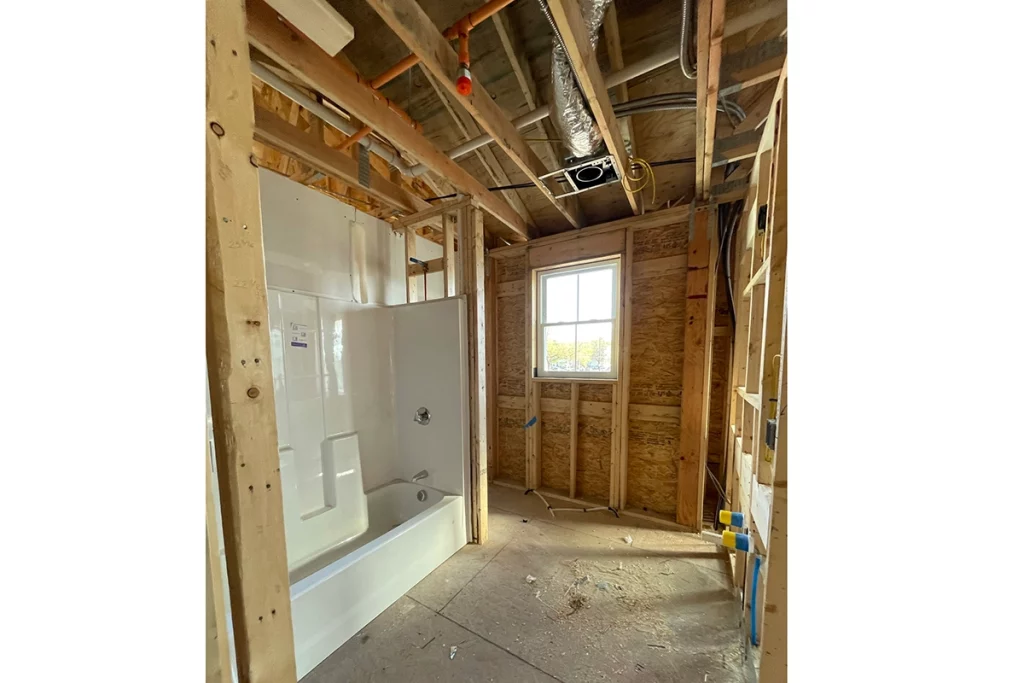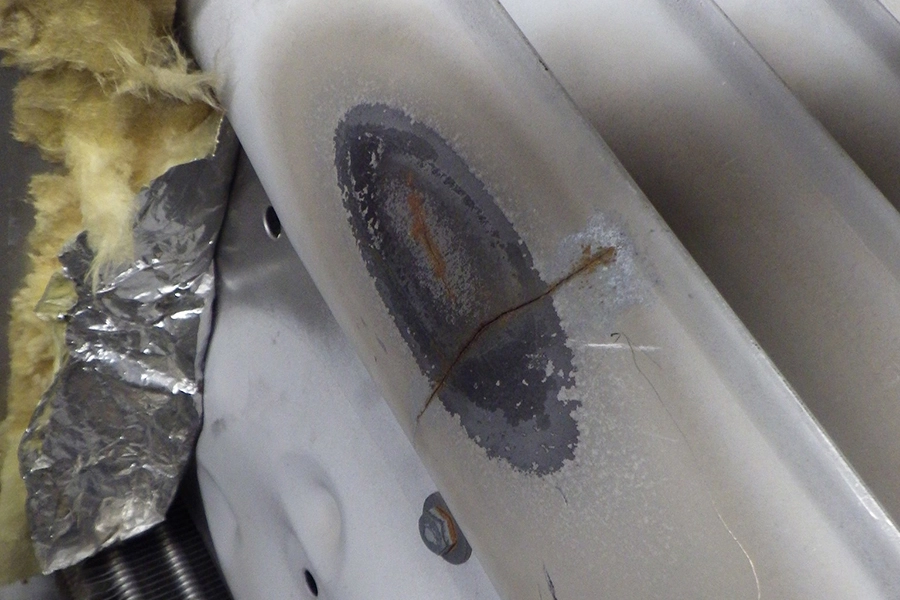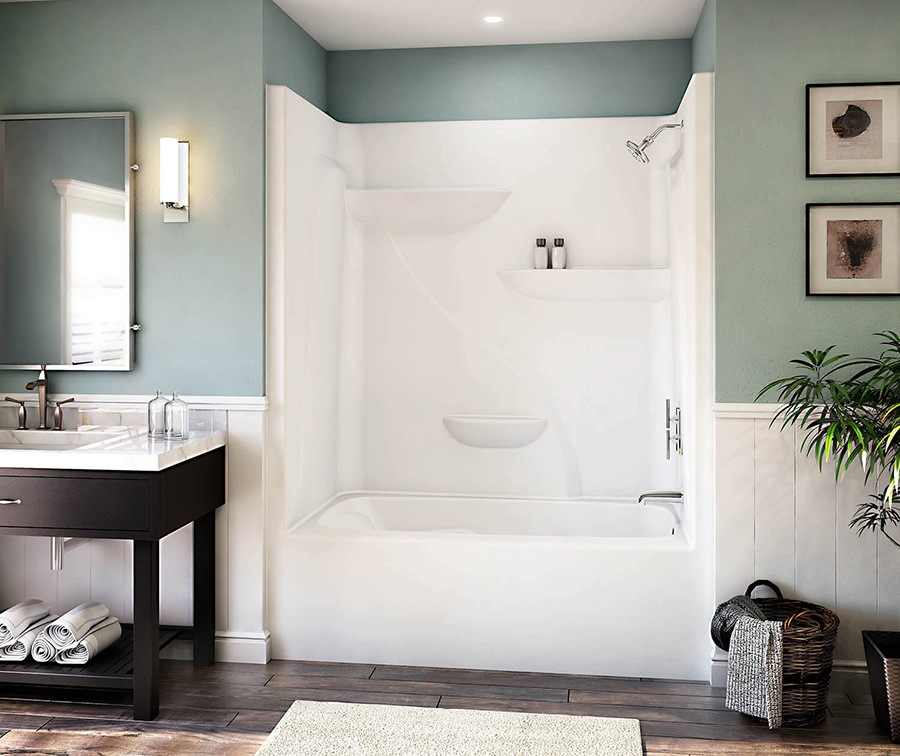Rough-in is an exciting phase in your construction project. It’s an unofficial milestone when the framing is finished (or nearing finishing), the building is dried in (meaning the roof and exterior weather barrier are installed), and the electrical, mechanical, and plumbing elements are beginning to be installed.
In other words, rough-in refers to the installation of the concealed portions of plumbing, electrical, and mechanical work to their point of connection to the fixtures and devices.
This is an interesting time for those who don’t have experience with construction because it’s when you’ll be able to see the “guts” of the building. It can give you a better sense of how a house or building works.
It’s also an important point, for home owners especially, to document locations of all of these components. In the future when maintenance is needing to be done, or you’re considering a renovation project, knowing what’s behind the walls can give you, and those working on your project, and huge advantage.
I recommend you methodically document your home at this phase. The easiest way is to take photos but be sure to organize them carefully by room since it may be hard to distinguish individual rooms at this point in construction.
An even easier way is to use a 360 camera like this one to take a single photo that creates a sphere and allows you to look in all directions, including up and down.
Types of Rough in
Although the term “rough in” is used generically, I’ve broken it down by building trade to help explain each one.
Electrical Rough-In
Electrical rough-in includes the installation of the electrical systems, including wiring, outlets, and switches. During this stage, the electrician installs the wiring and boxes in the walls, ceilings, and floors. They also install the electrical panels and meters.
Plumbing Rough-In
Plumbing rough-in includes the installation of the building’s plumbing systems, including the pipes, drains, and fixtures. During this stage, the plumber installs the pipes and fixtures in the walls and floors, ensuring proper drainage and water supply.
HVAC Rough-In in Construction
HVAC (heating, ventilation, and air conditioning) rough-in includes the installation of the building’s heating, ventilation, and air conditioning systems. During this stage, the HVAC technician installs the ductwork, vents, thermostats, condensation lines, and other components, ensuring efficient heating and cooling throughout the building.
Why it’s important
The end of the rough-in phase is important because all components are installed yet still exposed. This is often a critical point for inspections to occur, which ensures that everything is installed safely and to code.
Also, as I said before, it allows the building or home owner to see where the components are and is a good point to make changes, if needed, before finish work begins.




